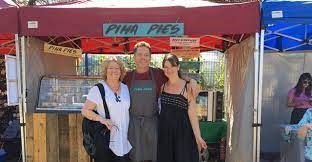China’s economic rebound gained momentum in November as official purchasing manager indexes for the manufacturing and nonmanufacturing sectors both reached their highest level so far this year.
The Gross Merchandise Value for 11.11 – Singles Day (an online shopping festival on Nov 11th) exceeded 570 billion across all e-commerce platforms (JD, Tmall, Pinduoduo etc). This year, livestreaming has become a new driving force for sales. Livestreaming is used for a number of promotional purposes, including product releases, VIP sales events, seasonal events, as well as being a great way to engage in conversation with your customers. JD recorded sales volume of 100 million yuan ($14.96 million) in 10 seconds via livestream on the evening of Oct 31 (Single’s Day pre-sales).
One Kiwi dental care brand based in China – Grin, collaborated with three famous livestreamers over this year’s 11.11 shopping festival. Over 8 minutes, the livestreaming collaboration saw Grin sell over 4,000 toothpastes. Not many foreign brands in China leverage livestreaming, so Kiwi businesses that are considering to market their products on e-commerce platforms should take this buying habit into consideration.
China signed the world’s largest free-trade deal – the RCEP (Regional Comprehensive Economic Partnership) agreement with 15 countries, including New Zealand. This will usher in fresh opportunities in services and trade and investment between China and New Zealand.

 MENU
MENU









